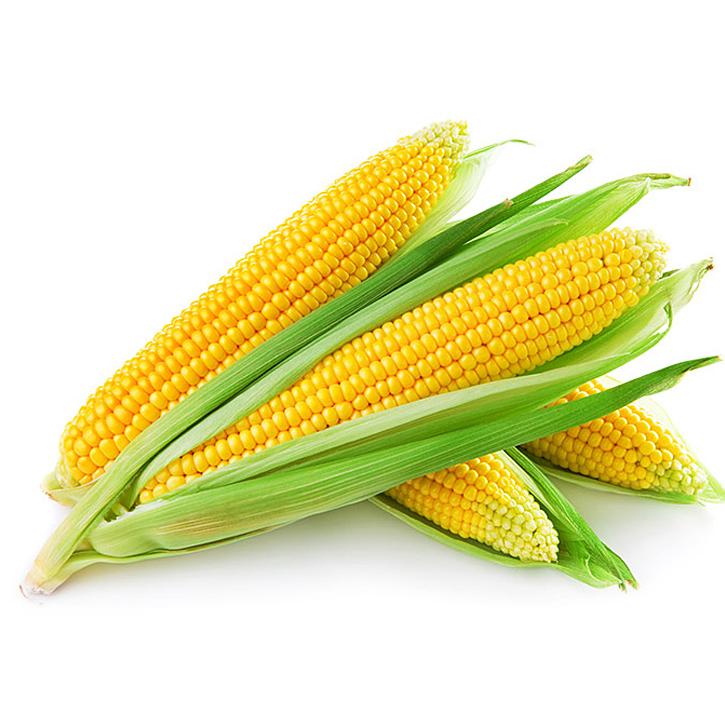FATTY ACIDS AND OXYLIPINS ACCUMULATION IN ZEA MAIZE L. SEEDLINGS UNDER THE INFLUENCE OF THE ELECTROMAGNETIC FIELD OF THE SUPER HIGH-FREQUENCY RANGE
UDC 543.544.32:633.16
Abstract
The work shows the influence of the electromagnetic field of the microwave range (EMF microwave) on the variability of fatty acids and their derivatives in seedlings of corn of different ages. The object of the study was the corn seeds of the Belarusian selection of the Daria hybrid, which were treated with microwave EMF for 12 minutes with a frequency of 64–66 GHz, exposure power 10 mW. The control was untreated EMF microwave seeds. Fatty acids were determined by gas chromatography with mass spectrometry (GC-MS).
Analysis of fatty acids and their derivatives, occurring in seedlings of corn of different ages, showed that in the roots and leaves of corn fatty acid metabolism goes in different ways. On the 4th day of growth, the content of the following oxylipins increases in maize seedlings: hydroxymethyl ester of linoleic acid and octadecanoic acid, 2,3-dihydroxy propyl ether by 57.8% and 26.8%, respectively. By the 12th and 14th day of growth, the content of α-linolenic acid, which is the starting material for the synthesis of oxylipins, substantially increases in the roots of corn. Also, unsaturated fatty acids predominate in the roots, saturated in the leaves. Under the influence of the electromagnetic field of the microwave range in the roots of corn, a decrease in the content of saturated and, accordingly, the degree of unsaturation of fatty acids increases. In leaves, on the contrary, there was an increase in the amount of saturated and a decrease in unsaturated fatty acids after EMF treatment of corn seeds. Polyunsaturated fatty acids, linoleic and linolenic, predominate in the seedlings, roots and leaves of corn. In this regard, it can be assumed that the stimulating effect of pre-sowing treatment of microwave EMF on germination, growth and development of corn occurs through the accumulation of unsaturated fatty acids and oxylipins as a response of the plant to exogenous exposure.
Downloads
Metrics
References
Gennis R. Biomembrany: molekulyarnaya struktura i funktsii. [Biomembranes: molecular structure and functions]. Moscow, 1997, 622 p. (in Russ.).
Nannan Li. Trends in Plant science, 2015, vol. 1, pp. 145–158. DOI: 10.1016/j.tplants.2015.10.011.
Los D.A., Murata N. Biochim. Biophys. Acta, 2004, vol. 1666, pp. 142–157. DOI: 10.1016/j.bbamem.2004.08.002.
Arisawa K. Biochem. and Biophys. Research Commun., 2016, vol. 480, no. 4, pp. 641–647. DOI: 10.1016/j.bbrc.2016.10.109.
Bach L., Faure JD. C R Biol., 2010, vol. 333(4), pp. 361–70. DOI: 10.1016/j.crvi.2010.01.014.
Miquel M., Browse J. Plant Lipid Metabolism, 1995, pp. 15–17. DOI: 10.1007/978-94-015-8394-7_3.
Afzal I. Seed Sci. Technol., 2015, vol. 43(2), pp. 1–12. DOI: 10.15258/sst.2015.43.2.02.
Pushkina N.V., Karpovich V.A. Trudy BGU. [Proceedings of the BSU]. Minsk, 2017, vol. 1, pp. 156–163. (in Russ.).
Vashisth A. Journal of Plant Physiology, 2010, vol. 167, no. 2, pp. 149–156. DOI: 10.1016/j.jplph.2009.08.011.
Shine M.B., Guruprasad K.N., Anand A. Bioelectromagnetics, 2011, vol. 32, no. 6, pp. 474–484. DOI: 10.1002/bem.20656.
Racuciu M. Romanian Journal of Biophysics, 2011, vol. 21, no. 1, pp. 53–62.
GOST 12038-84. Semena sel'skokhozyaystvennykh kul'tur. Metody opredeleniya vskhozhesti. [GOST 12038-84. Seeds of crops. Germination Methods]. Minsk, 2011, 28 p. (in Russ.).
Hampton J.G., TeKrony D.M. Handbook of viger test methods. Switzerland, 1995, 120 p.
Gladilovich V.D., Podol'skaya Ye.P. Nauchnoye priborostroyeniye, 2010, vol. 20, no. 4, pp. 36–49. (in Russ.).
Zhivet'yev M.A. Sibirskiy institut fiziologii i biokhimii rasteniy. Ch. 6, 2010, no. 4, pp. 51–65. (in Russ.).
Rokitskiy P.F. Biologicheskaya statistika. [Biological statistics]. Minsk, 1967, 272 p. (in Russ.).
Browse J. Lipids in Photosynthesis. Advances in Photosynthesis and Respiration, 2010, vol. 30, pp. 389–405. DOI: 10.1007/978-90-481-2863-1_18.
Dudareva L.V., Rudikovskaya Ye.G., Shmakov V.N., Arziyev A.SH., Konenkova T.A., Salyayev R.K. Ustoychivost' organizmov k neblagopriyatnym faktoram vneshney sredy: materialy Vseros. nauchn. konf. [Resistance of organisms to adverse environmental factors: materials of the All-Russian Scientific Conference]. Irkutsk, 2009, pp. 142–145. (in Russ.).
Los D.A., Murata N. Biochim. Biophys. Acta, 1998, vol. 1394, pp. 3–15.
Kondratenko Ye.P., Soboleva O.M., Sukhikh A.S. Khimiya Rastitel'nogo Syr'ya, 2017, no. 3, pp. 93–99, DOI: 10.14258/jcprm.2017031792. (in Russ.).
Stumpe M., Feussner I. Phytochemistry Reviews, 2006, vol. 5, pp. 347–357.
Metabolic pathways – Reference pathway [Electronic resource]. URL: http://www.genome.jp/kegg-bin/show_pathway?map01100.

Copyright (c) 2020 Khimiya Rastitel'nogo Syr'ya (Chemistry of plant raw material)

This work is licensed under a Creative Commons Attribution 4.0 International License.

This work is licensed under a Creative Commons Attribution 4.0 International License.
The authors, which are published in this journal, agree to the following conditions:
1. Authors retain the copyright to the work and transfer to the journal the right of the first publication along with the work, at the same time licensing it under the terms of the Creative Commons Attribution License, which allows others to distribute this work with the obligatory indication of the authorship of this work and a link to the original publication in this journal .
2. The authors retain the right to enter into separate, additional contractual agreements for the non-exclusive distribution of the version of the work published by this journal (for example, to place it in the university depository or to publish it in a book), with reference to the original publication in this journal.
3. Authors are allowed to post their work on the Internet (for example, in a university repository or on their personal website) before and during the review process of this journal, as this may lead to a productive discussion, as well as more links to this published work.











